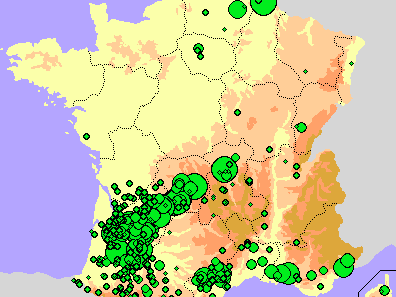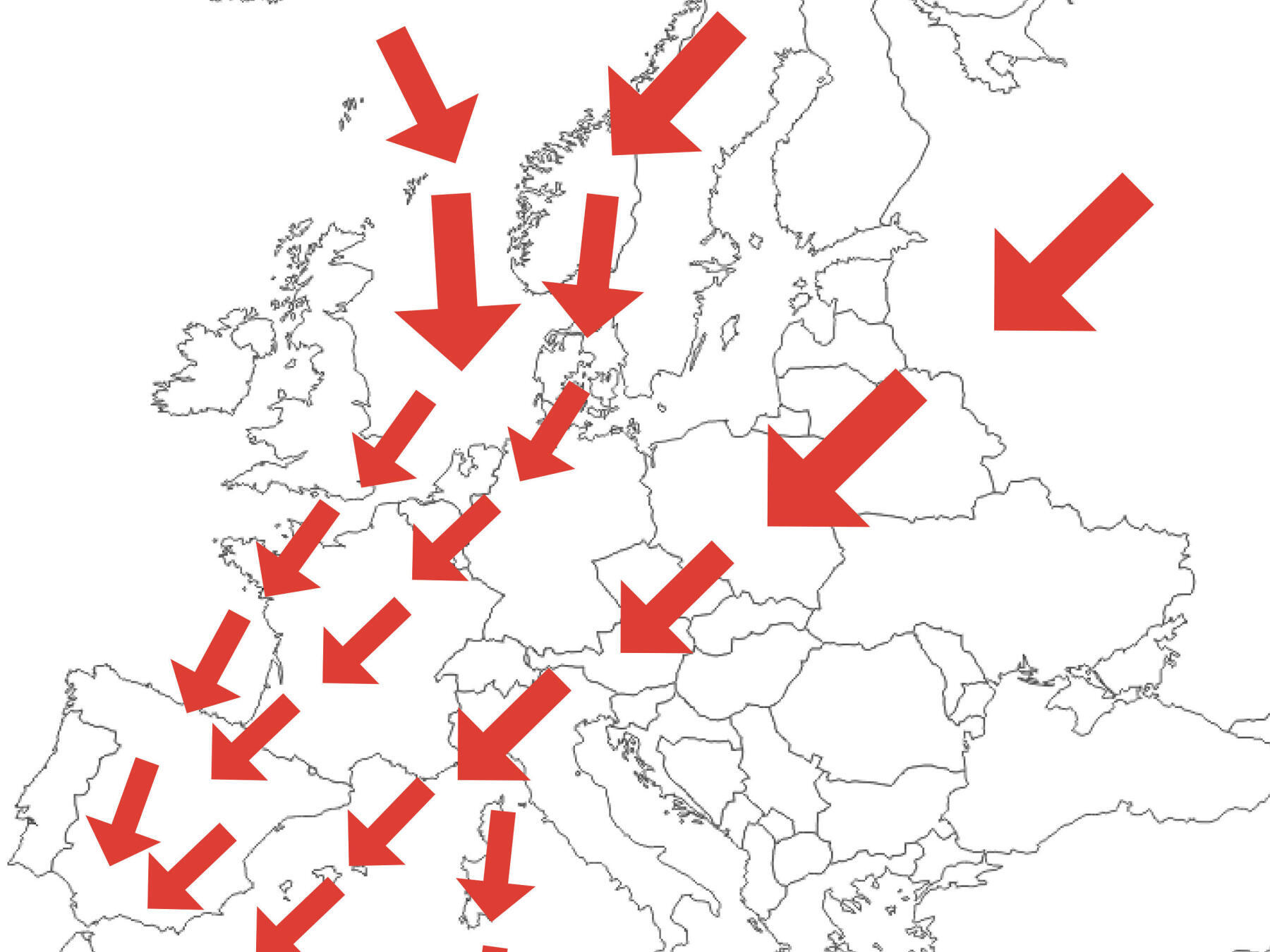Woodpigeon transits: some figures
In an ordinary year, when the weather conditions are not too good or too bad, there are usually 5 passages. The first, small, from 25 September to 1 October. The second, medium, from 6 to 10 October. The third, very strong, between 10 and 20 October. It is within this interval that the Saint Luke's Day is found, a day eagerly awaited by all small game hunting enthusiasts and all woodpigeon hunters. The fourth, less strong, between 20 and 31 October, and the last, more variable, but usually weaker, between 1 and 10 November.
From this date onwards, the woodpigeons become less frequent. However, on St Martin's Day, passages have already been observed provided the weather is mild and rainy.





